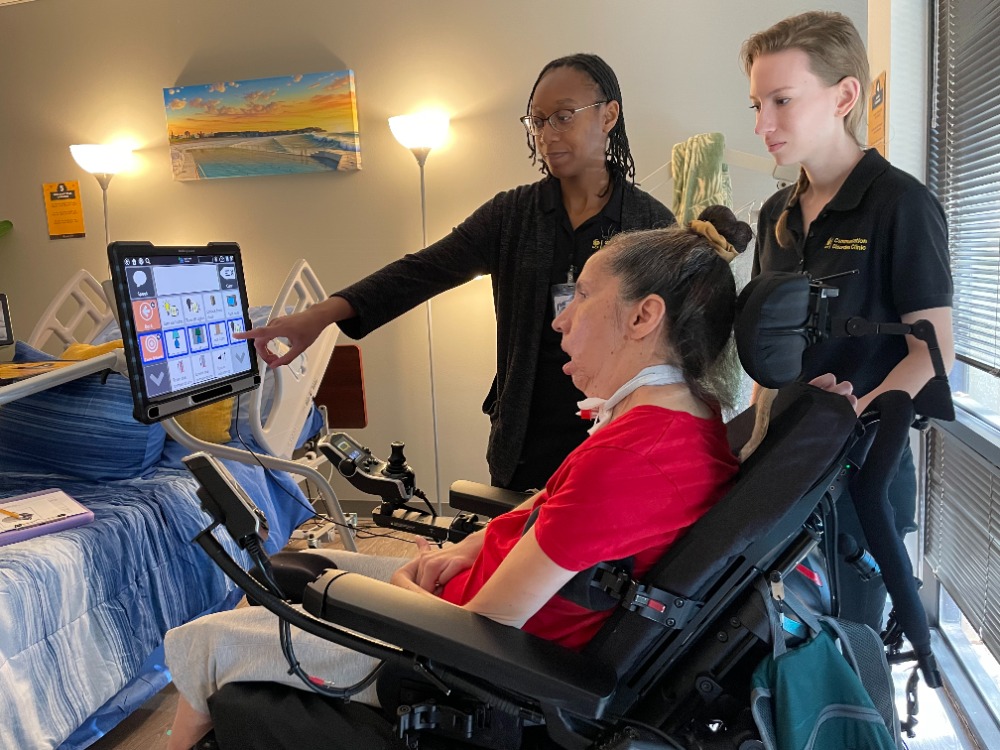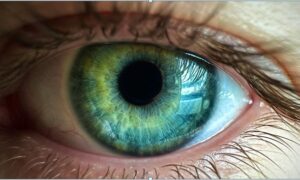Rehabilitation centers have always been about helping people recover and regain their independence, whether from injury, surgery, or addiction. But in recent years, a quiet revolution has been taking place inside these facilities. Smart devices, sensors, apps, and even robots-are changing the way rehab centers care for their patients. The result? More personalized treatment, faster recoveries, and a level of support that was once unimaginable.
Personalized Care Through Wearables
Imagine a patient recovering from a stroke. In the past, therapists relied on their observations during scheduled sessions to track progress. Today, wearable devices like smart gloves and motion sensors can monitor the patient’s every movement, even between appointments. These devices collect real-time data on things like range of motion, muscle activity, and walking patterns. Therapists use this information to adjust therapy plans on the fly, making sure each patient gets exactly what they need to succeed.
For patients, seeing their own progress in numbers and graphs can be a huge motivator. It’s one thing to be told you’re improving; it’s another to see your steps, heart rate, or grip strength getting better every day. This feedback loop keeps patients engaged and encourages them to stick with their rehab routines.
Remote Monitoring and Virtual Check-Ins
Not every patient can make it to the rehab center every day. Some live far away, while others have mobility challenges or busy schedules. Smart devices make it possible for therapists to keep tabs on patients from a distance. Wearable health trackers can send updates on vital signs, sleep patterns, and physical activity straight to a therapist’s dashboard.
Virtual consultations, powered by video calls and secure messaging, allow patients to check in with their care team without leaving home. Therapists can review data, answer questions, and tweak recovery plans in real time. This kind of hybrid care model means patients get support when they need it, where they need it, leading to better outcomes and fewer setbacks.
Robotics and Exoskeletons: The Future of Mobility
Some of the most exciting advances in rehab involve robotics. Robotic exoskeletons-wearable machines that support and move with the patient-are helping people walk again after spinal cord injuries or strokes. These devices use sensors to detect how much help a patient needs and adjust their support instantly. Patients get the right amount of assistance, which helps them build strength and confidence as they recover.
Robotic arms and hands are also making waves in therapy for upper body injuries. These tools guide patients through precise movements, ensuring exercises are done correctly and safely. The result is faster progress and a lower risk of re-injury.
Smart Hospital Systems for Seamless Care
Inside rehab centers, smart technology is making care more efficient and coordinated. Real-Time Location Services (RTLS) track the location of patients and equipment, so staff always know where everything is. This means less time wasted searching for gear and more time spent helping patients.
Smart hospital systems also connect wearables, therapy schedules, and patient records into one seamless platform. Patients get reminders for their therapy sessions, and therapists can see all the information they need at a glance. This level of coordination helps prevent errors, reduces delays, and ensures everyone is on the same page when it comes to patient care.
Safety and Independence at Home
For many people, the goal of rehab is to get back to living independently. Smart home devices are making this easier than ever, especially for seniors. Fall detection systems, for example, can automatically alert caregivers or emergency services if a patient takes a tumble. Smart sensors around the house can track walking patterns and warn if something seems off, like a sudden change in gait or activity level.
These tools give patients and their families peace of mind, knowing that help is always close at hand. They also allow therapists to monitor recovery remotely and step in quickly if problems arise.
Better Data, Better Decisions
Smart devices aren’t just about gadgets-they’re about information. Every step a patient takes, every exercise completed, and every vital sign measured adds to a growing pool of data. Rehab centers use this data to spot trends, predict challenges, and make smarter decisions about care.
For example, if a patient’s activity levels suddenly drop, therapists can reach out right away to see what’s wrong. If certain exercises aren’t producing results, the care plan can be adjusted before valuable time is lost. This proactive approach leads to better outcomes and a smoother recovery journey.
Making Rehab More Accessible
One of the biggest benefits of smart devices is how they break down barriers to care. Patients who live in rural areas, have limited transportation, or need to juggle work and family can still access high-quality rehab services. Virtual appointments, remote monitoring, and digital therapy programs mean help is always within reach.
Insurance providers are also recognizing the value of these technologies. Many now include smart device-based therapy and virtual care in their rehab insurance coverage, making it easier for patients to get the support they need without breaking the bank.
Challenges and the Human Touch
Of course, technology isn’t a magic bullet. Not every patient is comfortable with gadgets, and some rehab professionals are still learning how to make the most of these new tools. Training, support, and clear communication are essential to ensure everyone benefits.
Most importantly, smart devices are meant to enhance-not replace-the human side of rehab. The encouragement of a therapist, the support of family, and the determination of the patient remain at the heart of every recovery story. Technology simply gives everyone better tools to work with.
Looking Ahead
The future of rehab is bright, thanks to smart devices that put more power in the hands of patients and therapists alike. As these technologies continue to evolve, expect even more personalized, accessible, and effective care. Rehab centers like Thoroughbred Wellness and Recovery are already leading the way, combining cutting-edge tools with compassionate support.
If you or a loved one is considering rehab, ask about the smart devices and digital services available. With the right mix of technology and human care, recovery is not just possible-it’s within reach for more people than ever before. And with options like rehab insurance coverage, the path to better health is becoming more affordable and accessible every day.
Smart devices are opening new doors in rehabilitation, helping patients reclaim their lives with confidence, dignity, and hope. The journey may still be challenging, but with technology on your side, every step forward is a little bit easier.



































